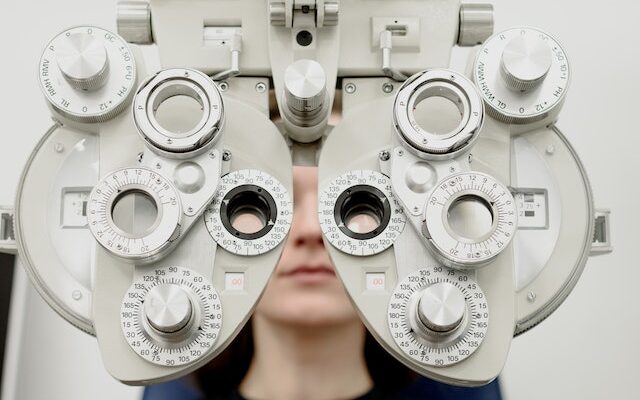
The field of cardiovascular device testing has witnessed significant advancements in recent years, paving the way for improved patient outcomes and enhanced safety measures. As technology continues to evolve at a rapid pace, it becomes crucial to explore the future of cardiovascular device testing , considering the emergence of innovative technologies and the regulatory landscape. This article delves into the exciting developments and regulatory considerations shaping the future of cardiovascular device testing.
The Importance of Cardiovascular Device Testing
Cardiovascular diseases remain a leading cause of mortality worldwide, emphasizing the need for rigorous testing of devices designed to diagnose, monitor, and treat these conditions. Cardiovascular device testing plays a pivotal role in ensuring the safety, efficacy, and reliability of medical devices used in the diagnosis and treatment of cardiovascular ailments.
Key Challenges in Cardiovascular Device Testing
- Accuracy and Reliability: Testing cardiovascular devices for accuracy and reliability is paramount to ensure their effectiveness. Challenges arise in developing methods and protocols that replicate real-world conditions and provide accurate results.
- Durability and Longevity: Cardiovascular devices must withstand the physiological stresses within the human body over extended periods. Testing their durability and longevity helps identify potential weaknesses and improve device design.
- Compatibility and Interoperability: As healthcare becomes increasingly interconnected, compatibility and interoperability of cardiovascular devices with other medical systems and technologies become critical. Testing protocols should address these factors to ensure seamless integration and communication between devices.
Emerging Technologies in Cardiovascular Device Testing
The future of cardiovascular device testing is set to be transformed by innovative technologies that enable more precise, efficient, and comprehensive evaluations. Several emerging technologies are already shaping the landscape:
1. Artificial Intelligence (AI) and Machine Learning (ML)
AI and ML algorithms have the potential to analyze vast amounts of cardiovascular data and identify patterns that may be missed by human experts. These technologies can enhance the accuracy of diagnosis, assist in risk prediction, and optimize treatment planning.
2. Virtual Reality (VR) and Augmented Reality (AR)
VR and AR offer immersive and interactive experiences, making them valuable tools in cardiovascular device testing. They enable researchers and developers to simulate complex scenarios, visualize anatomical structures, and test device performance in a controlled virtual environment.
3. 3D Printing and Bioprinting
The advent of 3D printing and bioprinting technologies has revolutionized the development and testing of cardiovascular devices. These techniques allow for the creation of patient-specific models, prototypes, and even functional human tissues for more accurate testing and customization of devices.
Regulatory Considerations for Future Cardiovascular Device Testing
While advancements in technology offer immense possibilities, regulatory considerations must keep pace to ensure patient safety and device effectiveness. Regulatory bodies play a crucial role in shaping the landscape of cardiovascular device testing:
1. Harmonization of Standards
Efforts are underway to establish harmonized international standards for cardiovascular device testing, promoting consistency and reducing regulatory barriers across different regions. Collaborative initiatives facilitate the exchange of knowledge and best practices, driving advancements in testing methodologies.
2. Increased Focus on Cybersecurity
With the growing connectivity of cardiovascular devices, ensuring cybersecurity becomes paramount. Regulatory frameworks are evolving to address potential vulnerabilities and safeguard patient data and device integrity against cyber threats.
3. Adaptive Regulatory Approaches
Regulatory agencies are adopting more flexible and adaptive approaches to keep pace with rapidly evolving technologies. These approaches aim to strike a balance between ensuring patient safety and facilitating timely access to innovative cardiovascular devices.
Conclusion
The future of cardiovascular device testing holds immense promise, driven by emerging technologies and evolving regulatory considerations. With advancements in AI, VR, 3D printing, and more, cardiovascular devices can be tested with greater precision, enabling improved patient outcomes. As regulatory bodies continue to adapt and harmonize standards, the pathway for innovation and enhanced patient care becomes clearer. By embracing these developments, we can look forward to a future where cardiovascular device testing propels medical advancements and transforms the landscape of cardiovascular healthcare.















